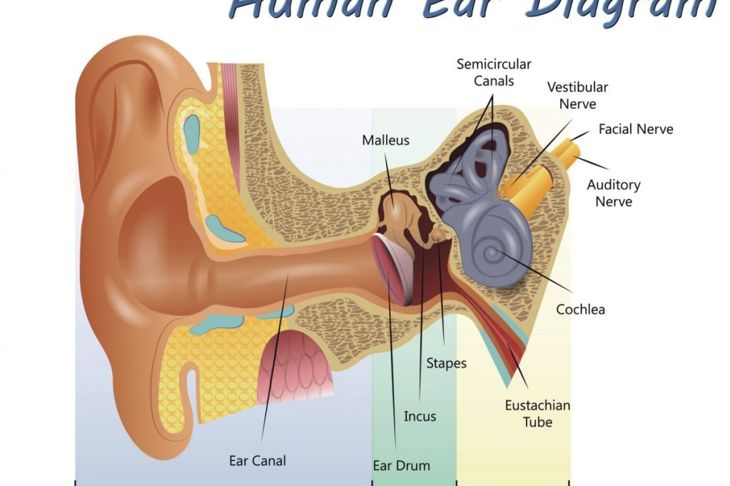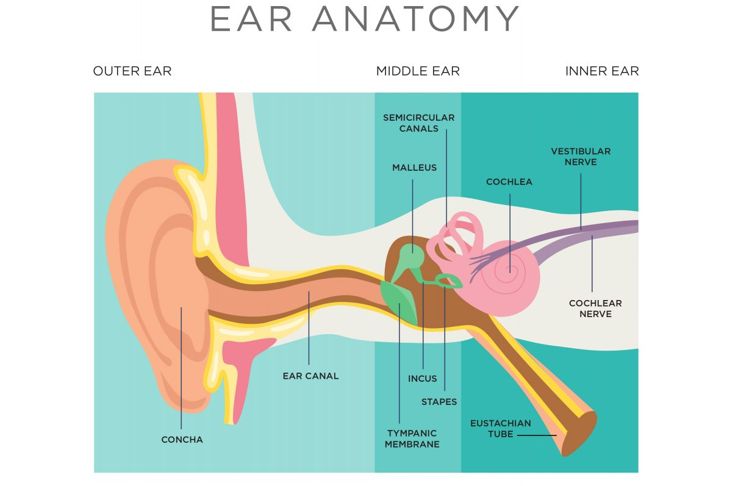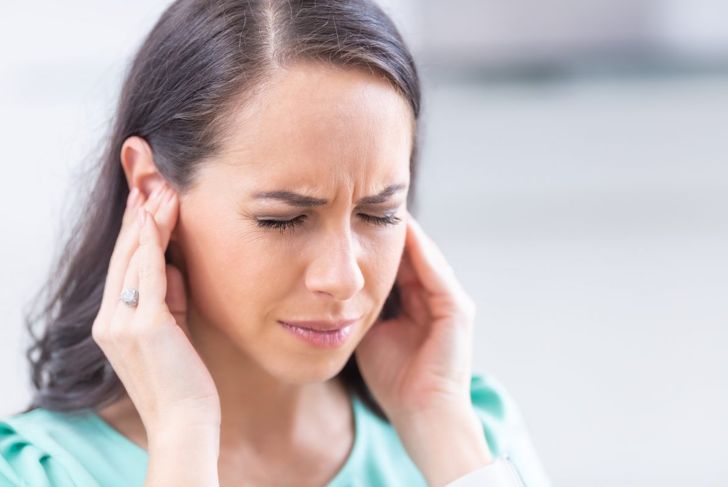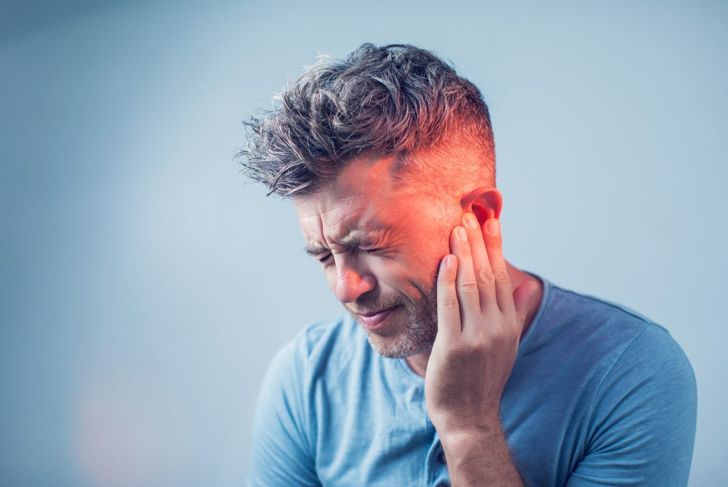A ruptured eardrum is one of the most common hearing-related issues requiring medical attention. It can be painful and disorienting, especially when the rupture causes hearing loss. There are many ways to incur damage to the delicate eardrum tissue. It’s important to understand how to properly care for the ears to prevent this condition and to know how to get the appropriate care for a rupture to fully heal the tear and preserve hearing.
Definition of Ruptured Eardrum
The eardrum is the common name for the thin tissue that separates the ear canal from the delicate middle ear. Also called the tympanic membrane, the tissue is vulnerable to damage from loud sounds, sudden pressure changes, and physical injury. Damage causing a tear is called a perforated or ruptured eardrum.
Eardrum Damage
The eardrum is essential for hearing. Sound waves enter the ear, travel down the ear canal, and contact the eardrum, causing it to vibrate. These vibrations are transmitted into the middle and inner ear and then to the brain, which interprets the vibrations as sound. When the eardrum is ruptured, it may not vibrate the way it is supposed to. This can cause problems with hearing or even hearing loss.
Causes of Ruptured Eardrum
Because the eardrum is so delicate, many different things can injure it to the point of rupture. These include:
- Ear infection
- Sudden changes in pressure
- Injury to the side of the head or ear
- Improper cleaning methods like using a cotton swab or other narrow object
- Water rushing forcefully into the ear
- Very loud noises, like explosions
Symptoms of Ruptured Eardrum
People with ruptured eardrums often notice that something is wrong right away. Many people experience sudden hearing loss or pain, which might continue or stop suddenly. If the ruptured eardrum was caused by an infection, there may be mucus or pus-like drainage from the ear. In some instances, they may notice bleeding from the ear.More symptoms include
- Ringing or buzzing in the ear, which is also called tinnitus;
- Dizziness or a spinning sensation, called vertigo; and
- Motion sickness, nausea, or vomiting as a result of vertigo.
Getting Medical Help for a Ruptured Eardrum
Because a ruptured eardrum affects hearing, it’s best to see a medical professional to get it checked out. A family doctor or a specialist like an ENT can properly diagnose this issue. At the appointment, the doctor will probably use an otoscope to see inside the ear and identify the rupture. They may also perform an audiology exam or run lab tests.
Treating a Ruptured Eardrum
Treating a ruptured or perforated eardrum depends on how severe the tear is. Small tears may heal on their own in a few weeks. Often, a doctor or other medical professional will prescribe antibiotic ear drops to prevent infection while the rupture heals. Like all antibiotics, these drops should be used as directed and for as long as prescribed, even if the ear starts to feel better.
Patching a Ruptured Eardrum
Sometimes the rupture in the eardrum is very large, or, for whatever reason, it doesn’t heal properly on its own. When that happens, a doctor, usually an ENT specialist, may patch the eardrum with a special paper to encourage healing. This may only be necessary once, or the patch might need to be reapplied several times while the rupture heals.
Surgical Treatments for Ruptured Eardrum
If a ruptured eardrum isn’t healing on its own or with other treatment methods, the ENT may recommend a surgery called tympanoplasty. The surgeon uses a tissue graft of the patient’s own tissue to patch the hole. This is usually an outpatient procedure and doesn’t require an extended hospital stay.
Helping the Eardrum Rupture Heal
While waiting for the eardrum rupture to heal, there are some easy but important steps the patient can take at home. These include
- Keeping the ear dry. Use cotton balls or shower caps to prevent water from getting inside the ear when bathing, and avoid swimming until it heals.
- Try not to blow the nose. Changes in pressure can affect sensitive healing tissue.
- Manage the pain. Use heating pads or OTC pain relievers to keep any pain at bay while the ear heals.
Preventing a Ruptured Eardrum
While it’s not possible to prevent every cause of ruptured eardrum, there are some common-sense precautions that can lower the chances of having to deal with this painful condition:
- Protect hearing: Avoid loud noises and wear appropriate ear protection if they are unavoidable.
- Clean ears properly: Don’t insert objects too far into the ear, and never use sharp objects.
- Treat ear infections promptly: Repeated infections make the eardrum more vulnerable to tears.
- Be cautious when diving or jumping into water: Hitting the water wrong, especially with the side of the head, can cause a rupture.

 Home
Home Health
Health Diet & Nutrition
Diet & Nutrition Living Well
Living Well More
More




















